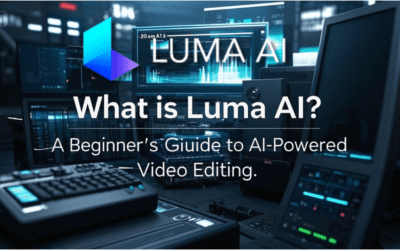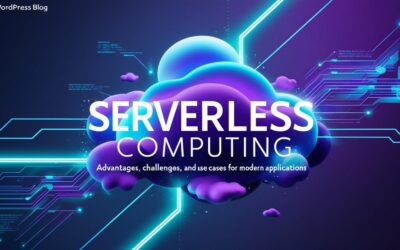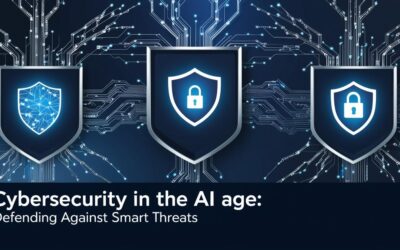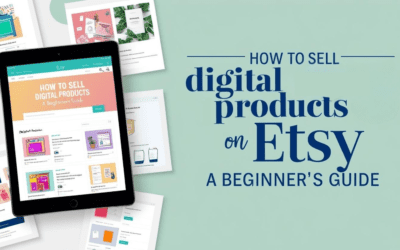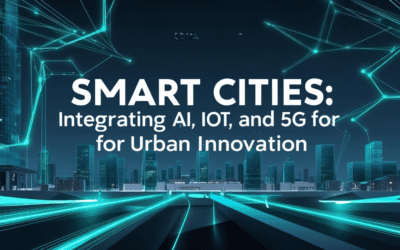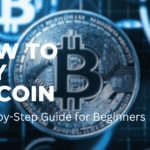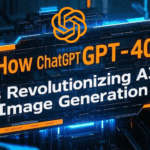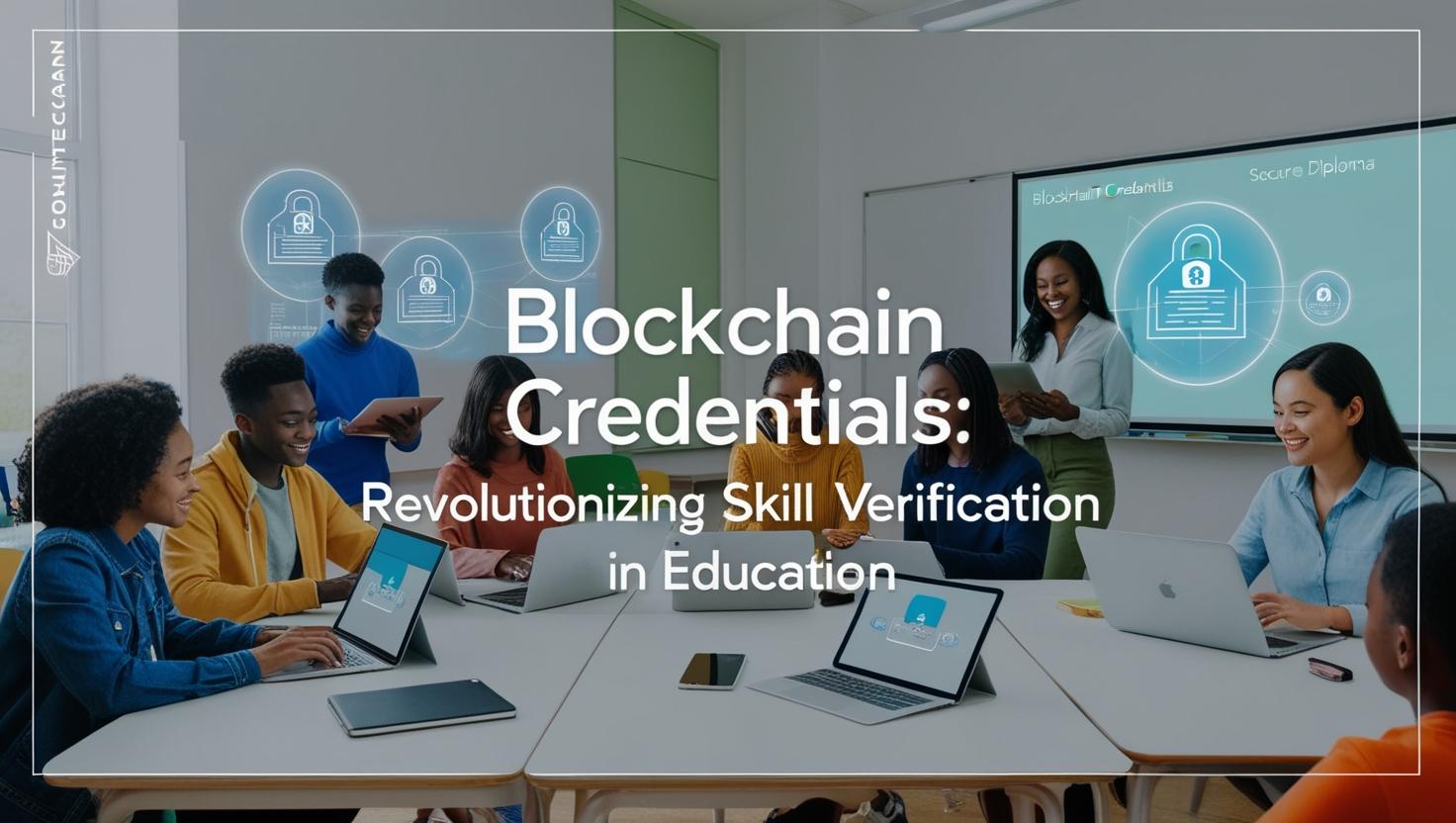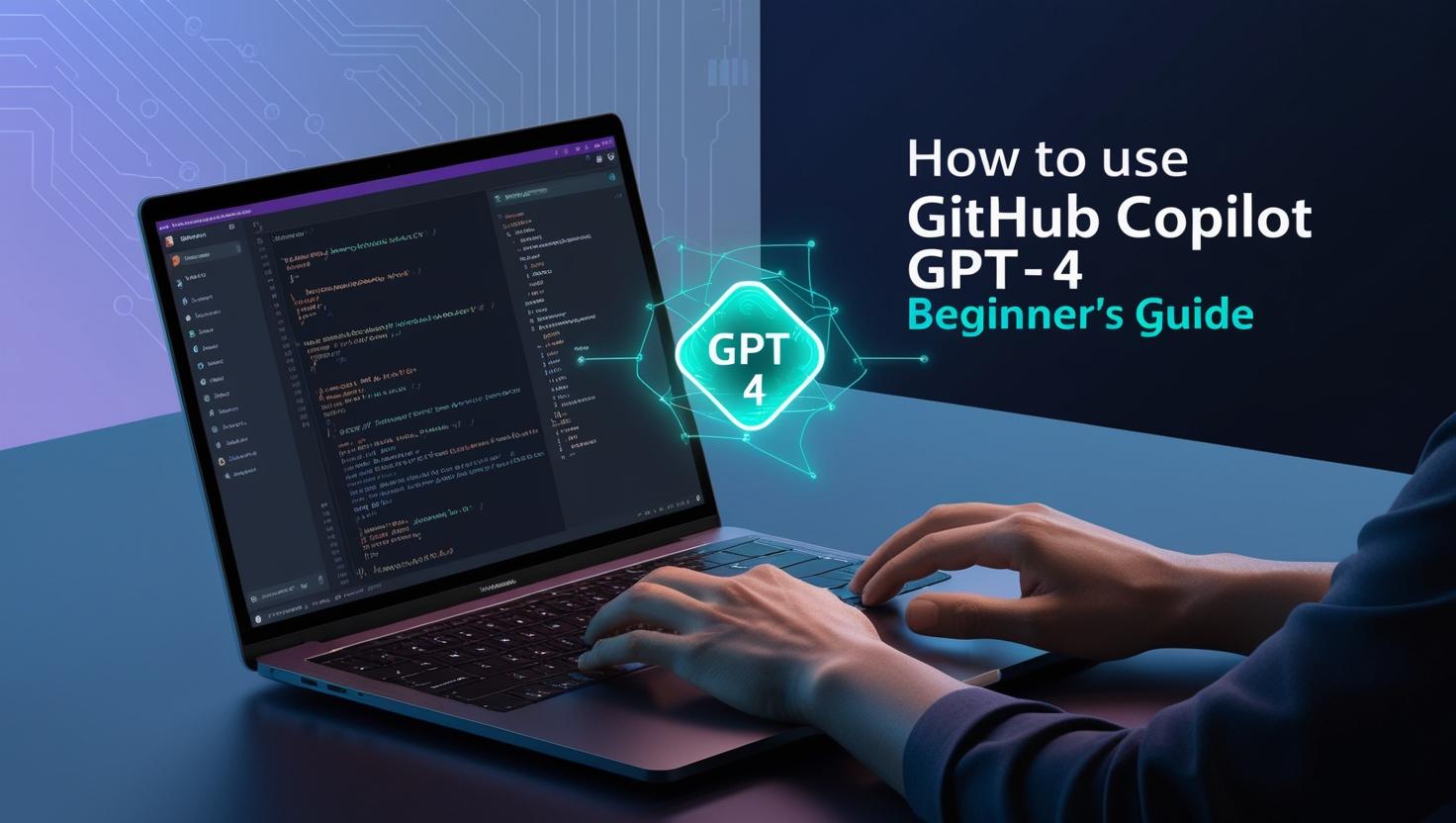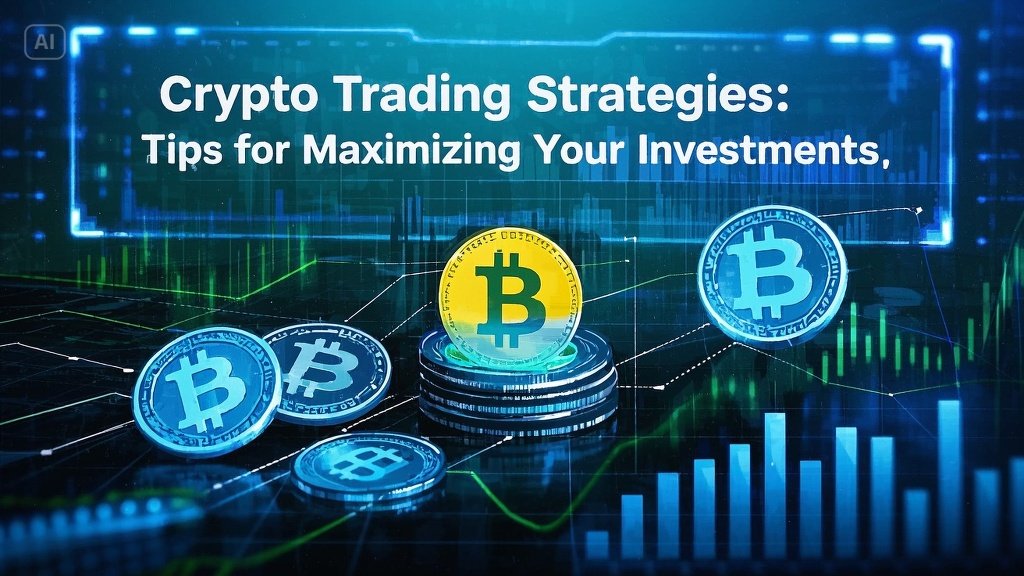In an era where 85% of employers report struggling to verify the authenticity of academic credentials (IBM, 2022), blockchain credentials are emerging as a game-changer. By leveraging decentralized, tamper-proof technology, institutions and learners can now issue, store, and share verified qualifications with unprecedented security and efficiency. From blockchain-based diplomas to micro-credentials for niche skills, this innovation is redefining trust in education. Let’s explore how blockchain is solving age-old problems in credentialing—and why it matters for learners, employers, and educators alike.
What Are Blockchain Credentials?
Blockchain credentials are digital certificates stored on a decentralized ledger. Unlike traditional paper diplomas or centralized databases, these credentials are cryptographically secured, immutable, and owned entirely by the learner. Each credential contains metadata such as issuance date, issuer details, and skill competencies, all verifiable with a single click.
The Problem with Traditional Credential Verification
- Fraud: Up to 30% of job applicants falsify credentials, costing companies time and resources.
- Inefficiency: Manual verification takes weeks, delaying hiring processes.
- Centralized Risks: Institutions’ databases are vulnerable to hacks or data loss.
Blockchain addresses these issues by decentralizing trust.
How Blockchain Credentials Work
- Issuance: A university or training provider generates a digital credential (e.g., diploma, badge) and registers it on a blockchain (e.g., Ethereum, Hyperledger).
- Storage: The credential is stored in a learner’s digital wallet (e.g., BCdiploma), accessible via private keys.
- Verification: Employers or institutions instantly verify credentials by checking the blockchain’s public ledger.
Benefits of Blockchain Credentials
For Learners:
- Ownership and Portability: Control your credentials forever, share them globally, and build a lifelong skills portfolio.
- Reduced Costs: Eliminate fees for duplicate transcripts or notarization.
- Micro-Credentials: Stack niche certifications (e.g., coding bootcamps, AI courses) to showcase specialized expertise.
For Employers:
- Instant Verification: Validate candidates’ claims in seconds, reducing hiring delays.
- Fraud-Proof Records: MIT’s Blockcerts pilot saw a 100% success rate in detecting forged documents.
- Global Standardization: Compare international qualifications effortlessly.
For Institutions:
- Enhanced Reputation: Offer cutting-edge, secure credentialing to attract students.
- Operational Efficiency: Automate issuance and reduce administrative burdens.
Real-World Implementations
1. BCdiploma: Blockchain Diplomas for 100+ Universities
French startup BCdiploma has issued over 500,000 blockchain diplomas for institutions like Université de Lille. Their credentials feature QR codes for instant verification and comply with GDPR.
2. Netzwerk Digitale Nachweise: Germany’s National Blockchain Initiative
This consortium, including the German Federal Ministry of Education, uses blockchain to standardize vocational credentials. Over 1.2 million certificates have been issued since 2021, reducing administrative costs by 40%.
3. Southern New Hampshire University (SNHU)
SNHU partners with Credly to issue blockchain-backed micro-credentials, enabling learners to showcase competencies in real time to employers like Google and IBM.
Challenges and Considerations
- Adoption Barriers: 60% of universities cite legacy systems as a hurdle to blockchain integration (HolonIQ, 2023).
- Regulatory Gaps: Standards for cross-border recognition are still evolving.
- Energy Consumption: Proof-of-Work blockchains (e.g., Bitcoin) face sustainability critiques, but eco-friendly alternatives like Solana or Algorand are gaining traction.
The Future of Blockchain Credentials
- Interoperable Ecosystems: The EU’s European Blockchain Services Infrastructure (EBSI) aims to connect credentialing systems across 29 countries by 2025.
- AI Integration: AI could auto-match blockchain credentials to job requirements, as seen in LinkedIn’s skill-tagging experiments.
- Lifelong Learning Passports: Platforms like Learning Machine envision blockchain wallets that aggregate credentials from schools, employers, and MOOCs.
Conclusion
Blockchain credentials are not a distant trend—they’re here, solving real-world problems in education and hiring. For learners, they offer autonomy over their achievements; for employers, they provide trust and efficiency; for institutions, they unlock global credibility. While challenges like adoption and regulation persist, initiatives like EBSI and BCdiploma prove the technology’s transformative potential.
- Educators: Pilot blockchain credentialing with platforms like OpenBadges or Certif-ID.
- Employers: Partner with institutions to prioritize blockchain-verified hiring.
- Policymakers: Advocate for international standards to accelerate adoption.
By embracing blockchain credentials, we can build a future where skills are transparent, portable, and universally recognized.
